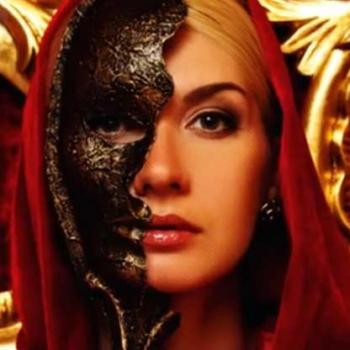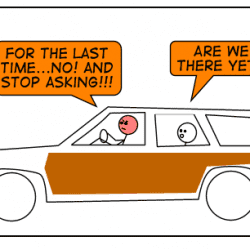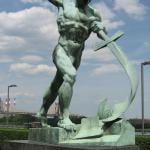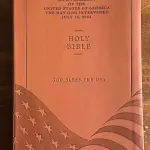Piatt clearly not lost as he examines program’s meaning
By AMY MATTHEW
THE PUEBLO CHIEFTAIN
Even though it permeates nearly every facet of our world, it’s easy to dismiss pop culture as irrelevant.
True, it’s often nothing more than the most recent superficial fad, something that never will have true impact on our lives. Sometimes, however, something that appears to be a fad actually has depth.
In his new book, “Lost: A Search for Meaning,” Pueblo author Christian Piatt explores the connections between the ABC television show “Lost” and theology. As he demonstrates, it’s a large and intricate web – not what one might expect from a hit TV show. (Piatt writes performing arts reviews and a weekly religion column for The Pueblo Chieftain.)
“Lost” is, on its surface, the story of a group of people who survive an airplane crash that leaves them stranded on an island. Their first reactions are to figure out where they are and why they are there. Aren’t those the most common questions among those searching for life’s meaning?
Fans of “Lost” know the show is crowded with symbolism. Numbers – specifically, the numbers 4, 8, 15, 16, 23 and 42 – have multiple meanings that are good for some, terrible for others. Piatt points out that numbers and other symbols, such as the cross, have great significance in religion.
Piatt explores other areas where the program and theology intertwine, among them fate, salvation, faith and reason. Each chapter in the book can stand on its own and the reader doesn’t need to be a “Lost” devotee to understand it, although the book will definitely hold more appeal for fans of the show. Piatt takes care to explain the characters and relevant plot points in detail. He recommends discussion topics, reading material and specific “Lost” episodes (the series’ first two seasons are available on DVD).
Piatt clearly has spent a great deal of time poring over the DVDs, not to mention the time spent searching other sources. His knowledge of theology is extensive, but while he presents a wonderful amount of information in understandable terms, those portions of the book often read more like an academic paper. A more conversational approach in those sections would have improved the 120-page book, perhaps making it more accessible to readers.
“Lost” is not an easy show to watch. There are no quick resolutions; most apparent endings merely lead to more questions. It requires, and spurs, much thought. Piatt does a commendable job of showing how very similar this fictitious, but not superficial, TV world is to the vast, often unknowable, world of theology.











